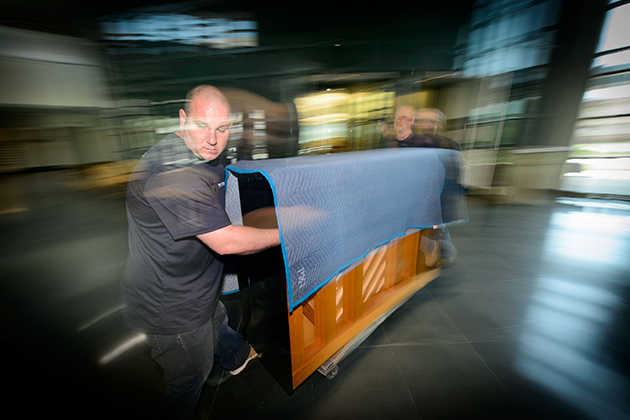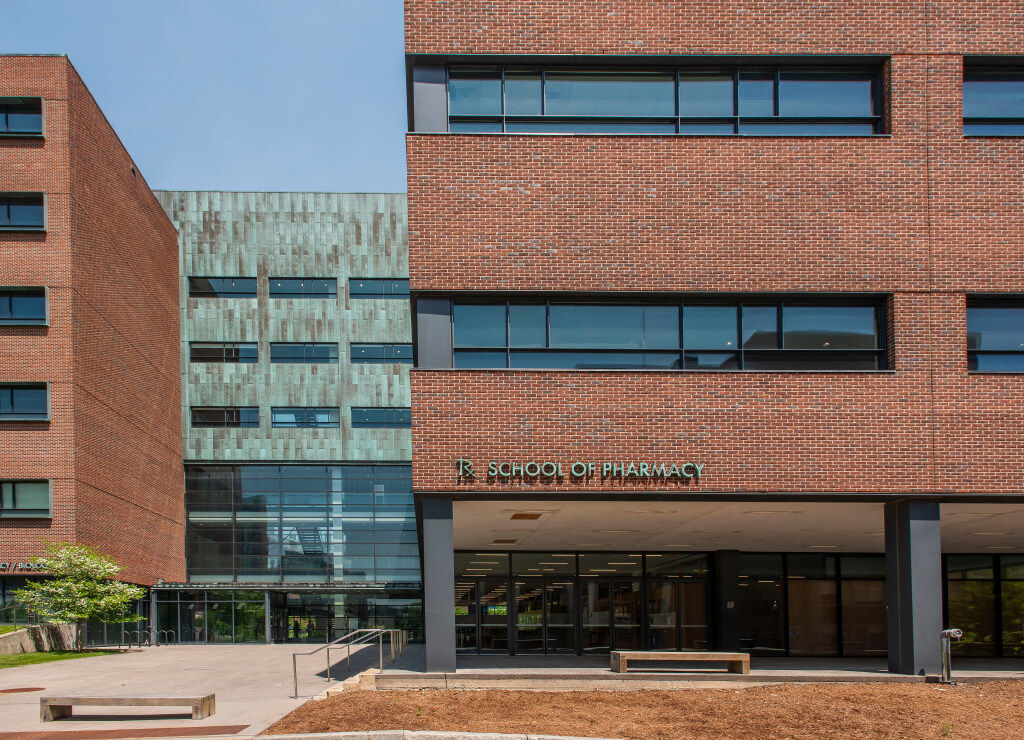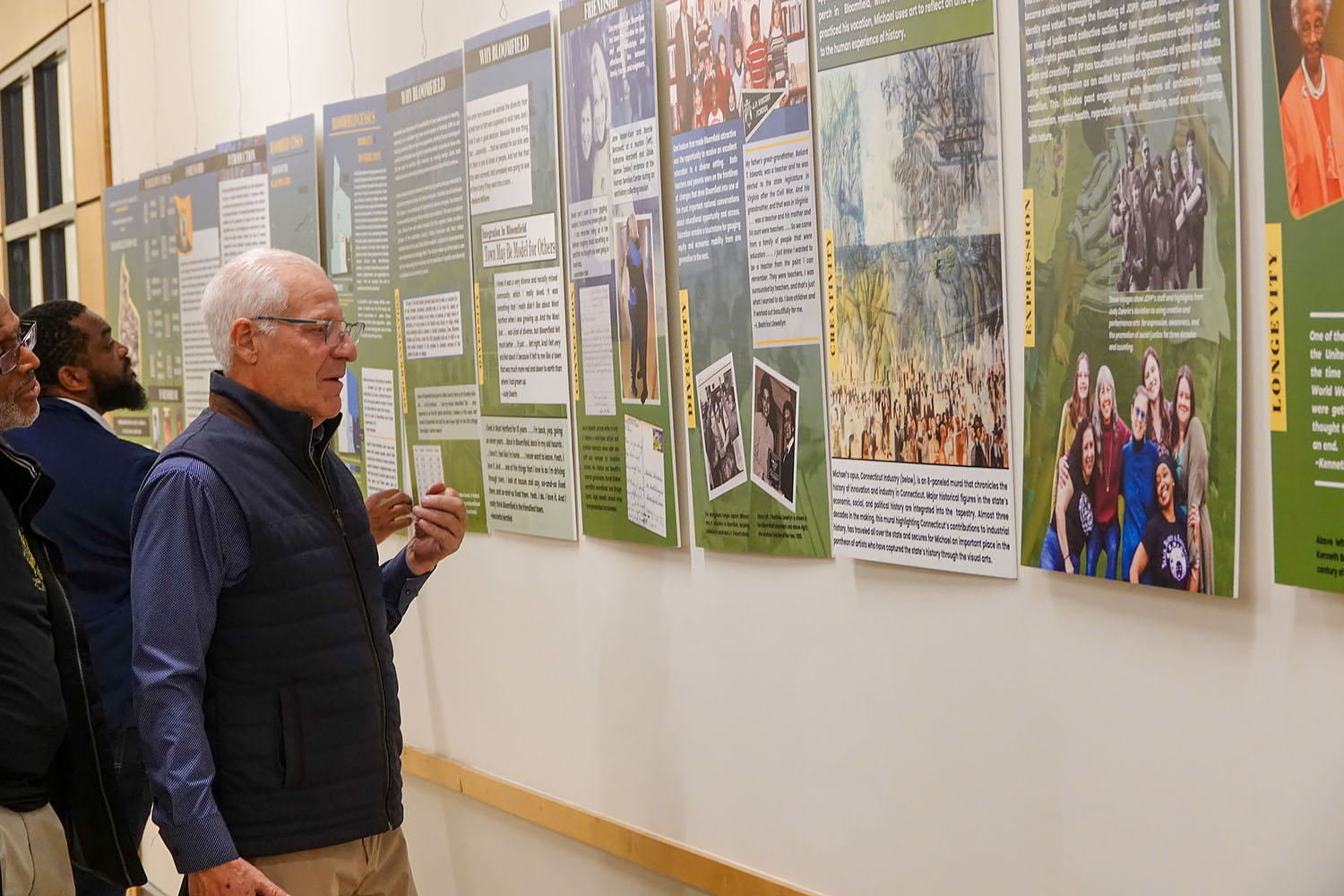A walk through the Music Department wing of the School of Fine Arts building most times of the day provides a traveler with an eclectic mix of piano styles and sounds emanating from the 38 practice rooms spread throughout the building.

The recent delivery of 12 new pianos to the Music Department will make those sounds brighter for many years to come, part of the University’s effort to replace its inventory of 88 aging pianos with a median age of 60 years, including some that date back to the early 20th century.
Eleven of the new instruments are Boston upright pianos, a subsidiary of Steinway & Sons designed by the renowned piano manufacturer. The pianos are designated primarily for practice rooms used by 140 music students, and faculty studios for teaching. The delivery also includes a Steinway grand piano that will be used in a large orchestral rehearsal room that also serves as a performance venue.

Eric Rice, head of the Music Department, says the pianos will nearly double the complement of Steinway instruments among the 88 pianos at UConn, and is a significant step toward the goal of becoming an all-Steinway institution.
The purchase of the new pianos is the fulfillment of private philanthropy and a gift made in 2012 by The Lawrence J. Portell and Natalie D. Portell Foundation. The new pianos will replace instruments that are 30 years old.
“It means students will have access to quality instruments to practice their craft. It’s one of the most important resources that a music institution can have,” says Rice. “Students need to be able to feel the action of a quality piano as they are practicing, so that they are accustomed to it when they perform on a good instrument in a concert hall.”

Rice notes that the Steinway brand is considered the highest quality instrument of its kind. The company handcrafts its pianos only at its Astoria, N.Y., and Hamburg, Germany factories, based on techniques established by Henry Engelhard Steinway in 1853, according to the company’s website. Pianos made by the company’s Boston subsidiary are designed to the company’s high standards.
“We attract some of the very best students to our programs in the School of Fine Arts. While here, we want them to have access to the best equipment possible,” says Brid Grant, dean of the School of Fine Arts. “Through the generous support of the Portell Foundation, the addition of these new pianos will inspire current and future students and faculty.”
As is the long-standing practice at the University, the new pianos will be available for use not only by music students and faculty, but by the University community as well. Rice says the Steinway-designed pianos will provide an improved environment for all students as they learn and practice their music.

“Every music student has to take keyboard classes and develop a certain amount of keyboard fluency. They also have homework that involves harmony and counterpoint, and it’s important for them to hear how these assignments sound on the keyboard,” he says. “Even if they are not pianists, students need to have access to instruments that they can count on to stay in tune, and are consistent in tone production and pitch.
“There are also a lot of non-music students,” he notes, “who come to use our facilities to practice their own music, to compose, or to have a little bit of relaxation. Having these instruments is not just a benefit to the Music Department and the students and faculty here, but to the entire campus.”
The University’s inventory of pianos includes six instruments made between 1901 and 1918. The oldest piano is one in Rice’s office, a Steinway made in 1877.


